Hong Kong recently approved a legislative amendment clearing the way for the city to invest its residents’ pension fund in debt securities issued or guaranteed by Beijing. The move comes when foreign investors are ditching Chinese debt at a record pace.
Mandatory Provident Fund (MPF) is a compulsory pension scheme designed to provide retirement savings for working Hong Kong citizens.
The Mainland policy banks included the Agricultural Development Bank of China, the China Development Bank, and The Export-Import Bank of China.
The Amendment Regulation adds CPG, PBOC, and the three policy banks to the “exempt authority” list, allowing for unimpeded MPF investments.
“An MPF constituent fund could invest up to 30 percent of its total funds in debt securities of the same issue issued or unconditionally guaranteed by an exempt authority,” according to the HK government press release. “All of the funds of the MPF constituent fund could also be invested in debt securities comprising at least six different issues issued or unconditionally guaranteed by the same exempt authority.”
The change happened at a time when the Chinese debt has become less appealing to offshore investors and foreign investment outflows have surged since February.
According to monthly reports from China’s central securities depository (CCDC), the Chinese government bonds (CGBs) held by foreign investors dropped from 2.52 trillion yuan (about $378 billion) at the end of January to 2.39 trillion yuan (about $359 billion) at the end of April, a record dump of approximately $19 billion in three months.
Foreign investors have also accelerated the selling of China Policy bank bonds—about 20 billion yuan ($3 billion) in February, 40 billion yuan ($6 billion) in March, and 50 billion yuan ($7.5 billion) in April, CCDC data showed.
As foreign investors pull out of the bearish Chinese bond market, the Hong Kong legislature, instead, chooses to facilitate the buying of Chinese debt with its residents’ pension funds.

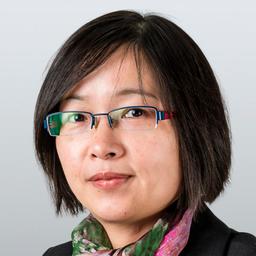
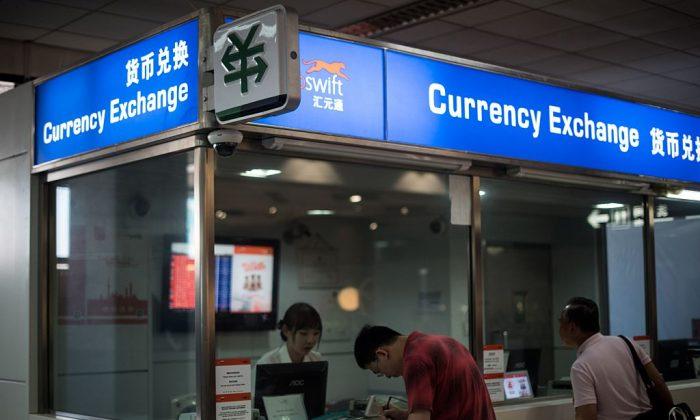
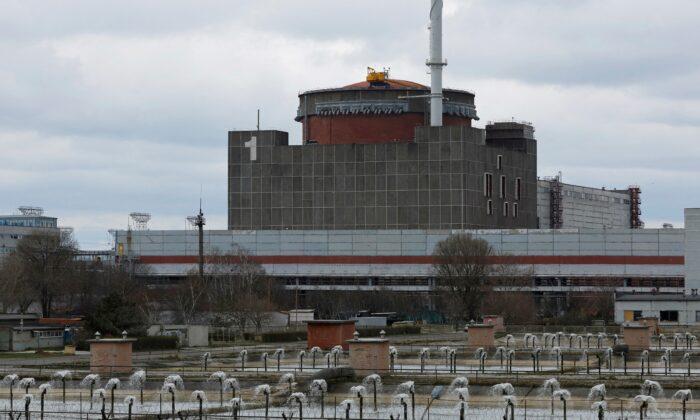
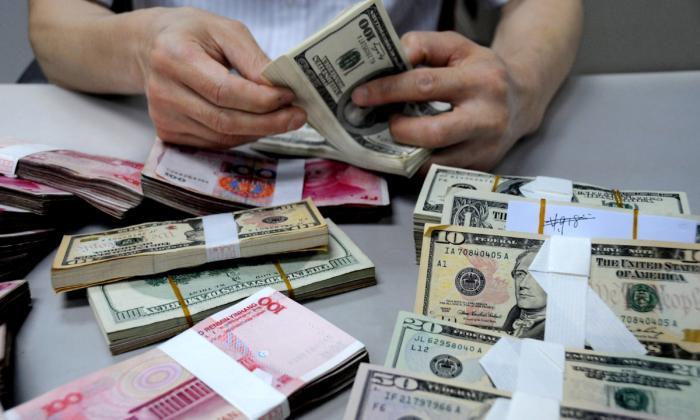
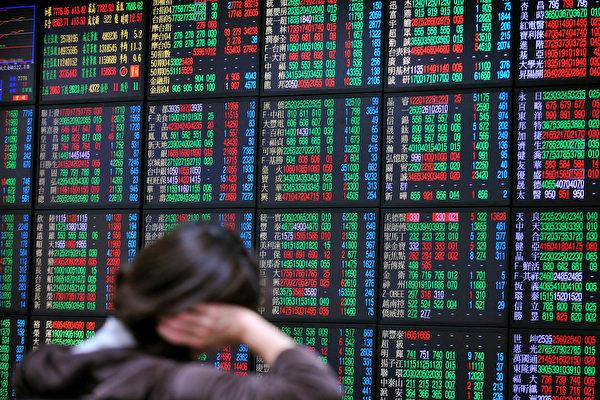
Friends Read Free